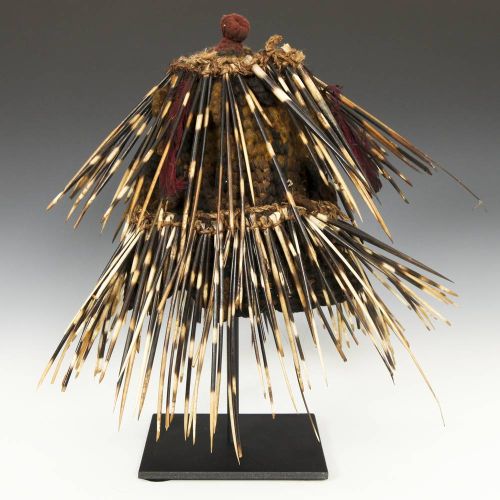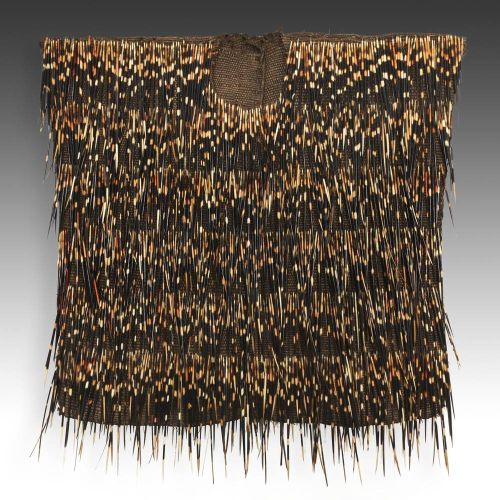Collecting African Art: Part 1 - Authenticity
PRIMITIVE - Friday, July 14, 2017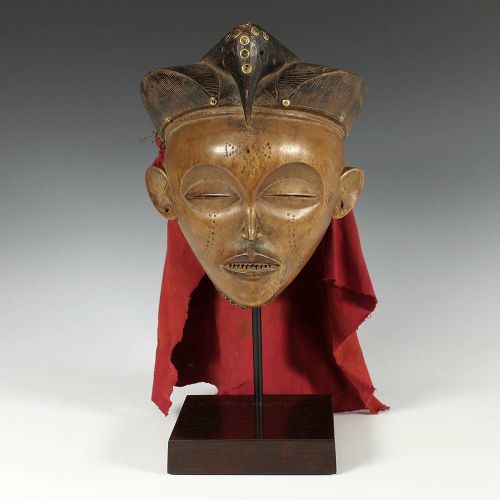 |
|
By Glen Joffe & Misaki Imagawa
Collecting art is altogether an art form by itself; no matter what type of art is being collected. Whether you are collecting for fun, professionally, or for investment purposes, there is no set formula on how to properly collect art, although there may be varying degrees of agreement on the value of any particular piece. Collectors of western art may weigh the value of a piece based on the artist, provenance, rarity, and aesthetic impression as well as current trends in the art world. Yet, in the case of African art, some of these considerations can be difficult to ascertain. For example, in most cases the artist of any piece of African art remains unknown and details about its age and purpose can be somewhat misleading. A serious collection of African art is not merely an accumulation of things made or bought in Africa. In fact, many collectors of African art find it unnecessary to even set foot in Africa. What, then, is African art and what makes it so collectible?
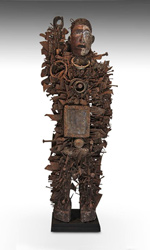 |
|
Generally speaking, what is commonly referred to as African art or traditional African art is artwork from sub Saharan countries produced by indigenous cultures free of Christian, Islamic or European influences. Art made by European people in southern Africa, for instance, would not be considered traditional African art; neither would artwork by renowned contemporary African artists such as Ibrahim El-Salahi or Chéri Samba. Collectors sometimes view traditional African art as art from a civilization lost and forgotten in time – when tribal members did not wear Nike sneakers or baseball caps – but this notion is simply not true. In truth, no place in Africa exists in a vacuum, and there is plenty of compelling traditional African art being produced today. The collecting category of African art is living, breathing, and dynamic; and the forms change as the cultures themselves change and adapt to new political, spiritual, and geographic considerations. Art is not a static pursuit, nor can it be unplugged from the circumstances sponsoring its creation.
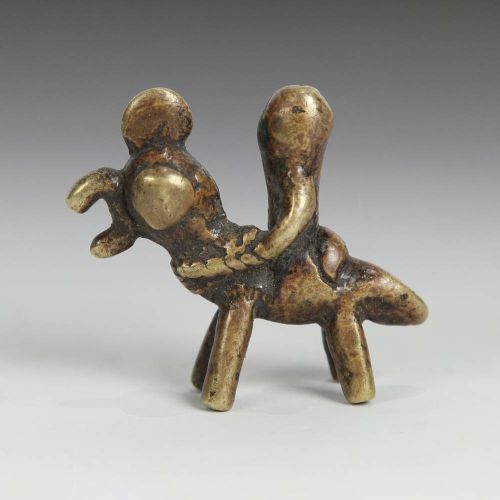 |
|
For most collectors of African art, the single greatest consideration in collecting African art is authenticity, which usually means individual pieces have to be used. It is not enough to say that a traditional African artist created a piece or that a piece emanated from a specific tribe or village. For example, if a master woodcarver created a ceremonial mask that was sold before it was used, the artwork may not be considered authentic by this standard. Worn surfaces and signs of repeated use help establish this aspect of authenticity; however, it should be noted, even signs of use can be faked. Generally speaking, objects used and treasured by each respective and culturally rich African tribe can be considered authentic and collectible. There is also one intangible element to the concept of authenticity: authentic objects have a heart, soul, and character altogether different than those made purely as decorative objects for sale. They are evocative, not benign; and usually have a persona evident to the focused observer, whether they be experienced collector, expert or connoisseur.
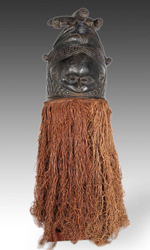 |
|
One can see how contemporary traditional tribal African artists - be they carver, weaver or blacksmith - can become susceptible to creating art to meet the art market's demand. In the modern world, everyone has to make a living. African art conforming to the style of a specific place and time may or may not be worthy of collection; but as noted before, African art does not exist in a vacuum. Artists creating traditional African art have constantly, albeit gently, explored and broken free from and expanded upon traditional tribal forms. For example, one Bundu mask from the Mende People in Sierra Leone found in PRIMITIVE ’s vast collection of traditional African art is crowned with the carving of a full twin engine airplane in flight while every other aspect of the piece incorporates traditional Mende elements. Some purist's might not consider this worthy of collecting; would you? The mask was created by the people for their own use and actually used for the purpose it was intended. This example suggests authenticity is not dictated by form, but by the intent of the artist and the actual history of the artwork itself to the degree it can be determined. Though the collecting of traditional African art has become increasingly difficult in recent years, the value of high quality, traditional pieces has increased commensurately. Now more than ever, collecting African art is a true art form – one that might be considered “the art of seeking, embracing, and acquiring authenticity.”
